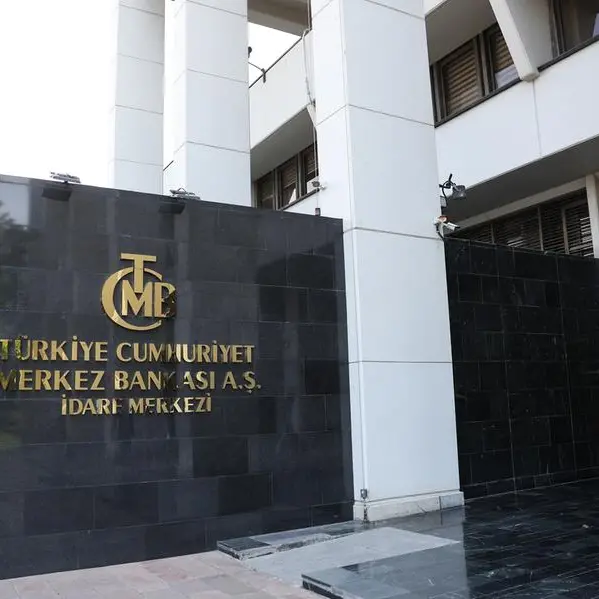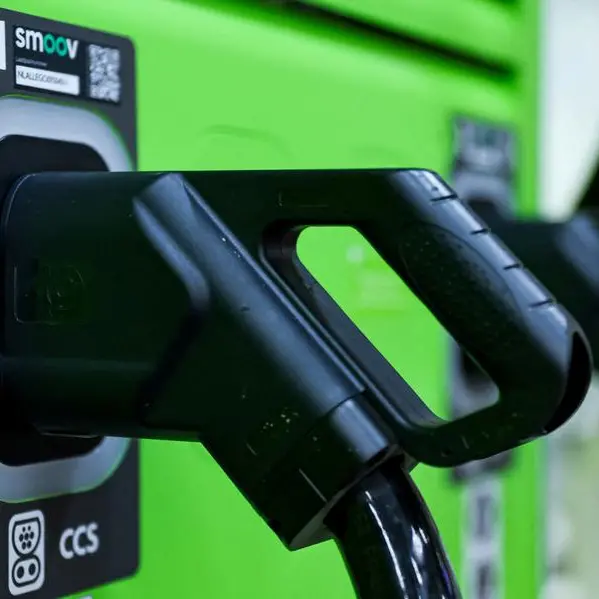PHOTO
Since Russia invaded Ukraine 15 months ago, the West has delivered ever more powerful weapons to Kyiv to help it defend its territory and recapture lost ground.
AFP looks at how the type of weaponry supplied evolved over the course of the war.
- Phase 1: defensive weapons -
No sooner had Russian President Vladimir Putin ordered the invasion of Ukraine on February 24, 2022, than the West started arms deliveries to Ukraine.
Between February and March, Kyiv received more than 40,000 small arms and light weapons (pistols, rifles, submachine guns), 17,000 shoulder-launched anti-aircraft missiles (Manpads), as well as 25,000 helmets and 30,000 bulletproof vests, according to Germany's Kiel Institute, which tracks weapons promised and delivered to Ukraine.
- Phase 2: artillery battles -
After being driven back from the outskirts of Kyiv and the second-largest city of Kharkiv, the Russian army scaled back its offensive to focus on the east and south.
With a major battle looming for the eastern Donbas region, the West began delivering artillery pieces that allowed Ukraine to hit behind enemy lines, destroying ammunition stocks and disrupting Russian supply lines.
The United States in June agreed to send long-range HIMARS (High Mobility Artillery Rocket System), which Ukraine used to go on the offensive, driving the Russians out of the occupied city of Kherson.
By the autumn, 321 howitzers had been delivered, 49 multiple rocket launchers, 24 attack helicopters, more than 1,000 US drones and 280 Soviet-built tanks, sent mainly by Ukraine's neighbour Poland.
- Phase 3: missile defence -
Throughout the autumn of 2022 Russia repeatedly pounded cities across Ukraine with missiles and, later, suicide drones in a bid to wipe out Ukraine's energy infrastructure and destroy morale.
Kyiv asked for missile defence systems to counter the threat.
In December, Washington agreed to deliver its Patriot missiles, considered one of the best air-defence systems in the world.
- Phase 4: tanks -
During the winter, the eastern front became mired in brutal trench warfare, with Ukraine fighting tooth and nail to hold onto the Donbas town of Bakhmut.
President Volodymyr Zelensky's appeals to the West to send state-of-the-art tanks so that Kyiv, which only had Soviet-era vehicles, could again go on the offensive again were finally heard in January 2023.
After much soul-searching, Germany agreed to send some of its powerful Leopard tanks and allow countries to also send units from their stocks.
Britain sent some of its Challengers and the United States also pledged 31 of its Abrams tanks by the autumn.
By late April 2023, NATO allies and partners had provided 1,550 armoured vehicles and 230 tanks, according to the alliance's chief Jens Stoltenberg.
"This will put Ukraine in a strong position to continue to retake occupied territory," he said.
Washington's decision to send rocket-propelled precision bombs that nearly double Kyiv's strike range against the Russians also gave Kyiv another major boost.
The ground-launched small-diameter bombs (GLSDB) have a range of up to 150 kilometres (93 miles), nearly twice that of HIMARS.
Britain went further in early May, announcing it would send long-range Storm Shadow cruise missiles, which have a range of 250 kilometres, despite concerns that they could be used to strike inside Russia.
- Next: fighter jets? -
On a tour of European capitals starting last week, Zelensky secured further promises of military aid ahead of Ukraine's highly anticipated counter-offensive against Russia.
Britain pledged hundreds of air-defence missiles and long-range attack drones, France promised dozens more light tanks and armoured vehicles, and Berlin announced a new military package worth 2.7 billion euros ($3 billion).
NATO members have however so far drawn the line at sending Kyiv modern fighter jets, despite Zelensky's repeated appeals for war planes such as the US-designed F-16.























